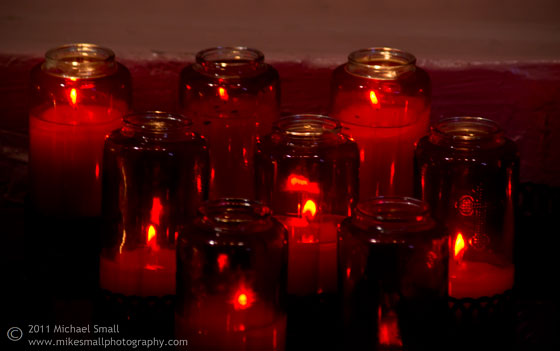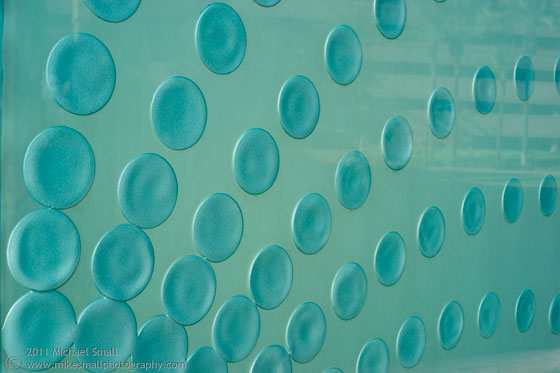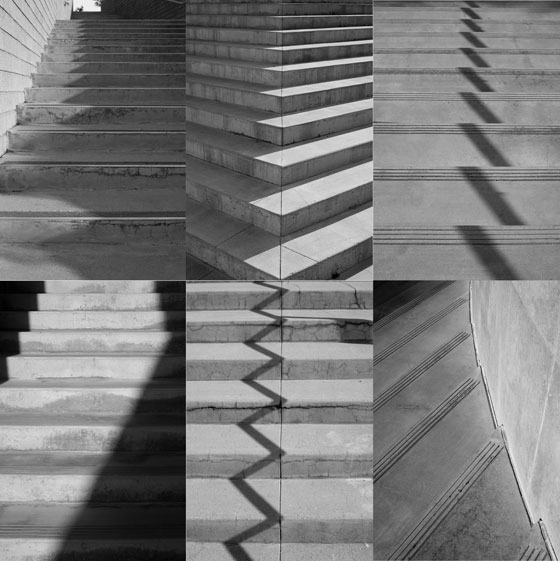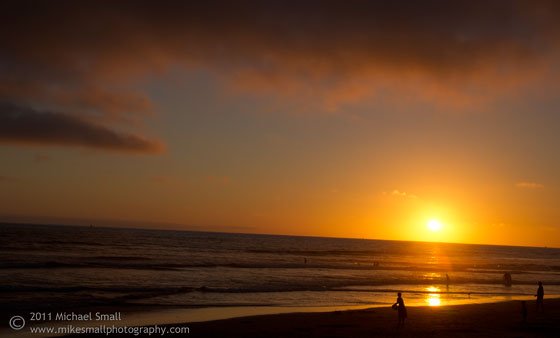One thing many photographers do not necessarily anticipate when they start their photography business is the sales side of the business. Unfortunately, in most cases, there will not be an endless stream of potential clients knocking on your door begging for your photography services. You are going to have to sell yourself. It may at times seem like the job interview that never ends. And since most of us are not big fans of being on the receiving end of a job interview to do it over and over and over again is not something that thrills us. It can be enough to make some throw in the towel. But before you let the grueling sales process of the photography business do you in try thinking about it differently. You are not applying for “just another job” you are going to get paid for what you love, taking photographs. That is something most people never get to do. So with that in mind and these tips for selling yourself to potential clients approach your next sales opportunity a little differently and with time the sales call will be second nature.
1) There is no substitute for being prepared. So do your research and know everything you can about the business of your potential client. Not everything will pertain to your photography shoot, but the more you know about them can give you the upper hand in understanding what they need in a photographer and for their photographs.
2) Dress like it is a job interview. You may wear jeans on the photo shoot, but as the saying goes, “you never get a second chance to make a first impression.” Dress to impress when you are trying to convince someone to pay you to provide a service for them.
3) Prepare questions. As part of your research come up with everything you need to know in order to provide the potential client with a solid and accurate proposal. Then ask your questions if they are not answered in the course of the conversation. Make sure you leave the meeting understanding their needs 100%.
4) This one seems obvious, but bring samples of your work. Even if you have an online portfolio don’t assume they are reviewed it in detail or understood what they were looking at. Bringing either a traditional print or a digital portfolio to review and give your “sales pitch” on can help you tie your past work into their present needs.
5) Whenever possible, try to tie the portfolio work you bring to show into what they may need. If I am meeting with a commercial client a portfolio full of residential real estate photography will not best show off my skills that are relevant to their needs. A few residential images are a good idea to show off the range of my abilities, but make sure they know you can do what they are needing.
6) Go the extra mile. Try to make yourself stand out and show the potential client that you understand their specific needs. For portraits maybe you can scout out potential locations ahead of time and come ready with suggestions and even with a few quick shots of the sites you think will work. For architectural photography clients maybe you can get some quick shots of their building and include it in your portfolio. But only do this if you are confident in the resulting image. Don’t ever put any thing “so-so” in your portfolio. Especially if it is something the client is intimately familiar with. For food photography find out what they specialize in and get a few shots of that food genre to show. Bottom line is to let the client know you can produce what they need and have an understanding of their unique needs.
7) No two clients are the same, your presentation should not be either. Canned presentations often come across as such. Be unique, be creative.
8) Leave a piece of yourself behind. A business card is a given, but go that extra step and leave something that will remind them of you and why you are the best photographer for the job. You don’t have to spend a lot for elaborate reminders. I do a small 4×6 version of my portfolio so they can easily remember what I showed and connect me back to specific images that they related to .
California’s history is very much intertwined with the Spanish missionaries and the remnants of that period in history dot the California coastline. The Spanish missions today are a combination of church property and state property and blend working parish with tourist attraction. Most charge a small admission fee ranging from $2 – $5 in order to view the churches and gardens. But with the well manicured spectacular gardens and historic church buildings it is well worth the small change to tour these missions and capture them with your camera.
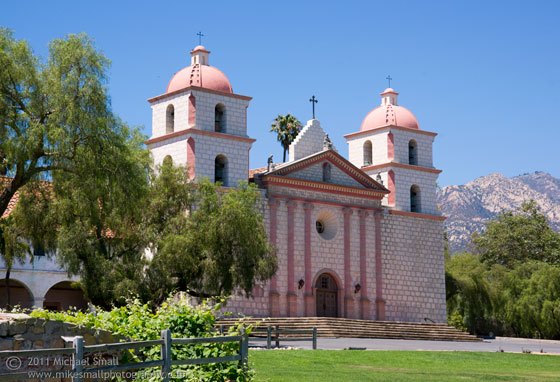
Santa Barbara
f/11.0 – 1/80 sec -ISO 100 – Focal Length 70 mm
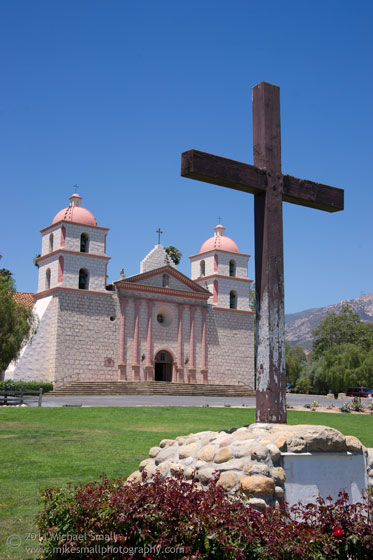
Santa Barbara
f/11.0 – 1/100 sec -ISO 100 – Focal Length 50 mm
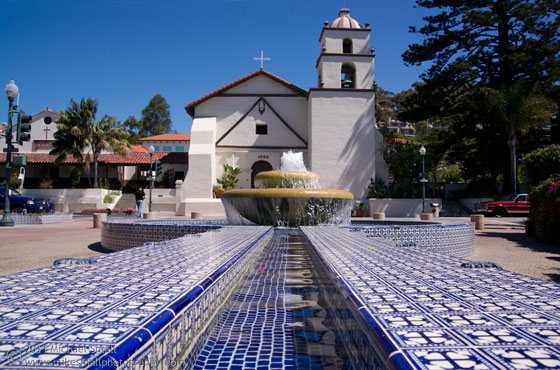
San Buenaventura
f/11.0 – 1/160 sec -ISO 100 – Focal Length 28 mm

Santa Ines
f/11.0 – 1/80 sec -ISO 100 – Focal Length 12 mm
I recently had someone say that they did not see the commercial value of another photographer’s work so they were not sure what he was going to do with his photography. I found that to be an interesting statement especially from another photographer. Is photography not an art form like sculpture or painting? Do we look at a painting and question its commercial value or is it first a work of art and then, if the artist is lucky, it might be sold? Is a photograph a failure if it does not have obvious commercial value?
I think there are few people that will argue the inclusion of photography in the arts. But photography also stands apart from most other art forms in that is often seen as a business transaction, a commodity and a commercial endeavor. To some it serves a very utilitarian purpose and is an art form as a very distant second, if at all. But I would argue that it is always an art form, albeit not every artist is successful. Whether we as photographers are photographing a fashion spread, a piece of real estate, a cookie for a cookbook or the new packaging for a toilet bowl cleaner, each takes an artist’s eye and creativity as well as knowledge. We use our knowledge and experience with lighting, composition, color and form to compose the perfect image regardless of the subject or its intended final use. The art is in the creative process not just the end purpose of the photograph.
Since photography so readily and so often crosses over from art to commercial it is classified differently than a painting or sculpture by most. It is a common everyday thing that is often seen as either a snapshot or a commercial work for marketing or advertising. Art tends to get forgotten. Maybe that is because it is a newer art form, relatively speaking. Painting, sculpture and architecture have been in existence for centuries while photography is barely over 100 years old. So we are conditioned to see a painting as art first and consider its commercial value second. Photography also has the disadvantage, or advantage depending on your viewpoint, of being much easier to use for commercial purposes, especially in the age of digital. Few illustrators or painters are commissioned to do works for advertising anymore causing the two medias to be separated.
I think the person who made the comment about the lack of commercial value and therefore the lack of value in general for this one photographer’s work was short sighted in his view. Being a working photographer he relies on his work having commercial value and was not thinking beyond that. A photographer who works strictly for the artistic value of his work may see things completely opposite and not understand why another photographer would “sell out” to the ad man. But both end purposes can coexist in photography. In fact, some photographs can have both commercial and artistic value. The great ad shot that becomes iconic and winds up in a museum and the artistic photograph that sells for millions on the auction block. One does not need to be sacrificed for the other.
I think as a photographer I should approach each shot I take as art, regardless of whether I am shooting it for a client or to hang in a gallery. If I strive to make each shot a potential gallery shot I feel that I will put that extra ounce of effort in to it thereby making each end photograph my absolute best. Photography is an art form that has tremendous commercial potential. It can easily cross the boundary between art and commodity which makes it a bit unique in the art world.
On September 1, 2001 I took my fist trip to NYC. This was before I was heavily into photography but I did have a camera (film) with me of course. Being my first trip the plan was to pack every possible site into that one week. The Statue of Liberty, the Brooklyn Bridge, Times Square, Central Park, The Empire State Building the museums, you name it. Of course, that list also included a trip to the top of the World Trade Center. On Monday, September 3, 2001 we bought our tickets for the elevator ride to the top. The views were amazing and you could see 360 degrees around the entire city, into Brooklyn and the Bronx and across Manhattan and the river into New Jersey. My photography at the time was in its infancy. But a lot has changed in the past ten years and my skills have developed quite a bit if I do say so myself. It is unfortunate that shots like these can never be captured exactly the same again. But I am grateful that I had the opportunity to enjoy the World Trade Center. I have been back to NYC numerous times since and love the city.
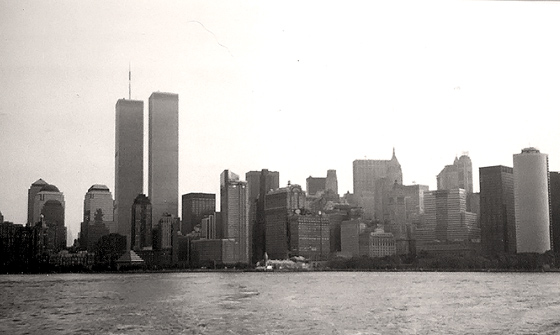
World Trade Center
New York, NY
Taken from the Liberty Island Ferry
September 4, 2001
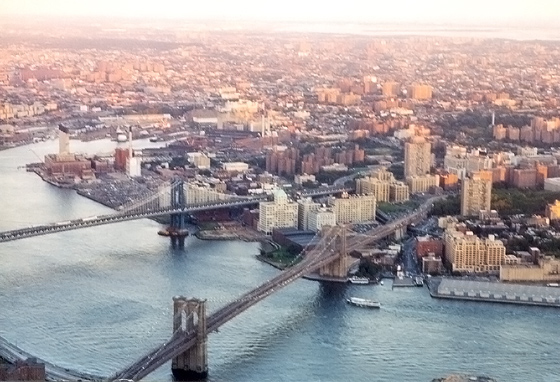
View of the Brooklyn and Washington Bridges from the top of the World trade Center
New York, NY
September 3, 2001
First a little disclaimer; the content in this post is based on my own (extensive) research. I am not a lawyer, accountant, or expert in the field of taxes or tax law. So before making decisions for your own business practices you should consult a professional in this field. Also, I live in Arizona, so the information I researched was for Arizona only, every state and city has its own rules regarding taxes so make sure you are following the rules for the city and state in which you practice photography.
With that out of the way, as I have grown my photography to include paid shoots for both individuals and businesses (i.e. created a business around photography) the unavoidable question of taxes came up. The question being “As a photographer in Arizona, do I need to charge my clients sales tax on the images they buy?” As is inevitable, that question led to more tax related questions. I figured I can’t possibly be the only photographer in Arizona wondering about this. So I am posting the results of my research into the questions I had. Just keep in mind the first paragraph above and use these questions and answers as a guide for your own research and business decisions.
Question 1:
Do photographers in Arizona have to charge clients tax?
Answer 1:
Yes. This took me quite a bit of time to find an answer to including a call to the AZ Department of Revenue where they had no idea. However, I have now validated the answer with three independent sources, The Arizona Commerce Authority, the City of Phoenix and an Arizona based CPA, and am confident in the reply. In regards to photography and sales tax the state of “Arizona does impose a transaction privilege (sales) tax on certain service-based activities, including photographer’s activities. The Arizona Department of Revenue taxes all of a photographer’s activities under the retail classification.”
Question 2:
Does that tax only apply to the finished photographs or are things like sitting fees, creative fees, and the like also taxable?
Answer 2:
Tax must be applied to ALL photography activities. In the case of the City of Phoenix, where I live and work, their tax laws in this case are on par with the state of Arizona. The city tax code states that tax must be applied to “All charges by a photographer resulting in the sale of a photograph (sitting charges, developing, making enlargements, retouching, etc.) for services that occur prior to transfer of tangible personal property…”
Question 3:
Does the answer to number 2 mean that if I am not selling a photograph I do not need to charge tax? What if I am just selling a license giving someone the rights to use the photographs?
Answer 3:
My CPA expert says: “If you are granting the rights to use a photograph of yours to another business, they are paying you a licensing fee or royalty fee – and any money paid to you for licensing, royalties, etc is taxable.”
Question 4:
Is there a difference between taxes for consumer clients versus business clients?
Answer 4:
Sometimes. If you are selling to consumers taxes will generally always be involved. For business clients, you would only not charge tax if the business you are selling to is not the final end user of the images. In other words if you are selling to them so they can then turn around and resell the images to someone else, usually at a mark up. In this case the business you sell to will charge the tax to the individuals they sell the images to.
